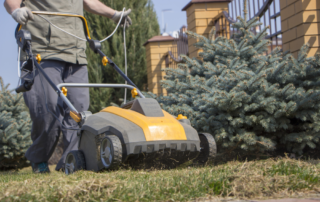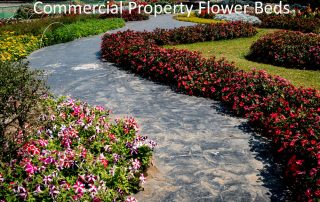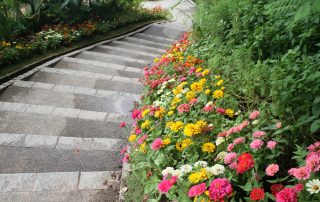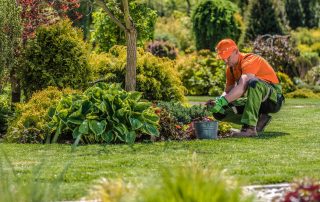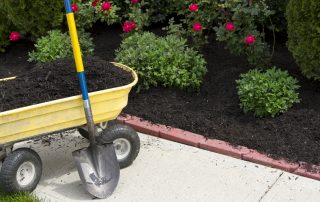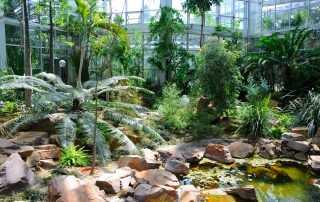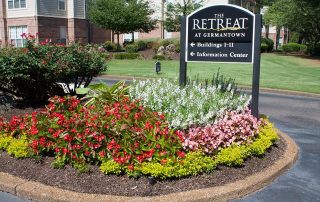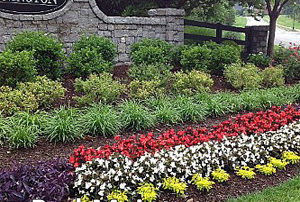Pugh’s Earthworks Prepares Commercial Properties for the Fall Season
Pugh's Earthworks Pugh's Earthworks is a premier Commercial Landscaping company in the Mid-South. Our markets include Memphis, Nashville, Jackson TN, Little Rock and Southaven MS. With Summer winding down and Fall starting later in September, now is the time to address Fall Commercial Landscaping Service. The hot summer has taken its toll on commercial landscaping, including lawns, flowers, shrubs and trees. In order to help these valuable assets, sustain the harsh winter, hiring the experts at Pugh's Earthworks is a smart move. There are many steps we will take to prepare for the winter. Each one is a critical element to protect you commercial landscaping investment. Below are some of the items our team will focus on. Aeration - This process is something that not everyone thinks about, but the process is so beneficial. Over the long hot summer months, typically the temperatures and the dry conditions have caused your soil to compact and harden. When this happens the roots of the grass and shrubs find it difficult to grow and thrive. The Pugh's team using special equipment will break up the soil and allow moisture and nutrients to flow freely so that the plants can once again establish strong root systems. Plant - Fall planting is an important part of preparation for the season. For example, the hot summer may have killed certain spots in the lawn or shrubs in the flower beds. Unless you want bare spots in your commercial property lawn, it is a necessary to reseed of sod these areas before the really cold weather sets in. Same is true for dead shrubs in the flower beds. The Pugh's team will cut back Perennials like peonies, iris foliage, Hosta foliage, and daylilies. Other types of perennials should not be cut back and our team while know which those are. We will also plant new perennial bulbs and shrubs. Fall is a great time because the soil is still warm, but the air is cooler. This creates a better environment to stimulate growth. Of course, we will encourage that you continue to water all new and existing plants and grass throughout the fall season. Mowing and Fertilizing - Fall is a great time to fertilize. The Pugh's Earthworks team has the experience to know the specific chemical balance to apply and the tools to do it properly. This is important because the lawn is hungry for nutrients as during the hottest days of summer, no fertilizer may have been applied. In addition, when our team mows, we will adjust our commercial grade lawn mowers to a lower height. This is necessary as keeping the grass too high can cause it to mat during winter and consequently die. Clean up - Now that the temperatures are starting to drop, so will the leaves from the trees. It is important throughout the Fall to keep dead leaves and other fallen debris off of the lawn. Clearly this debris can add to trapped moisture which often causes fungal diseases that [...]

